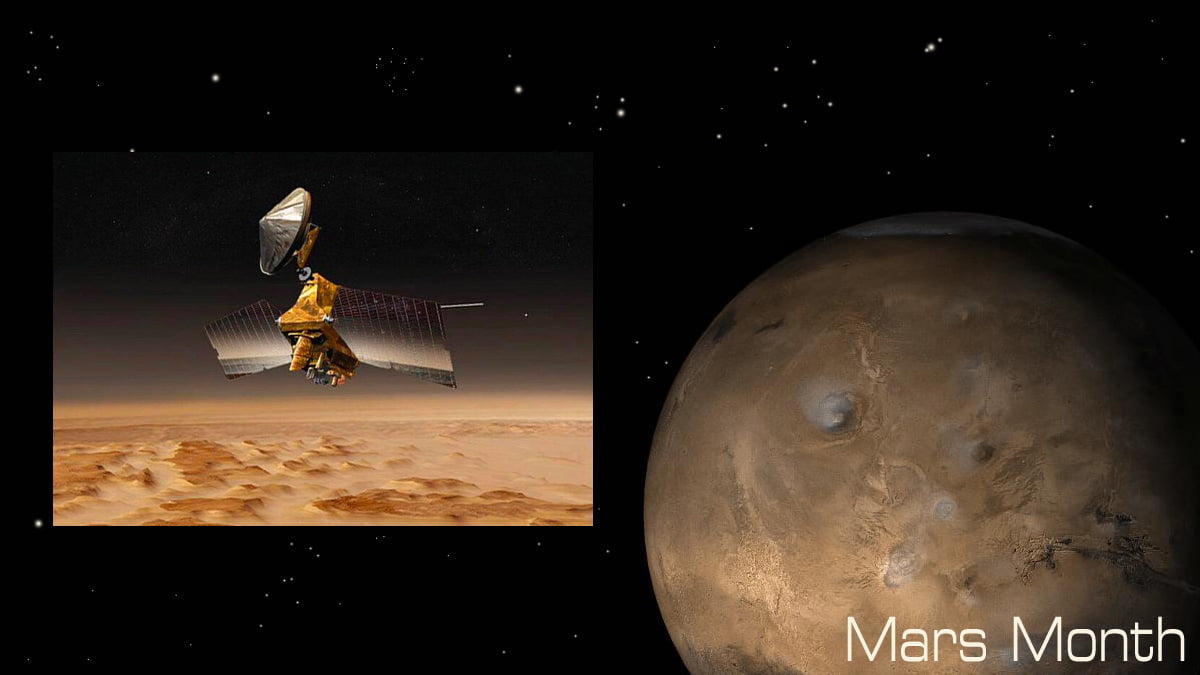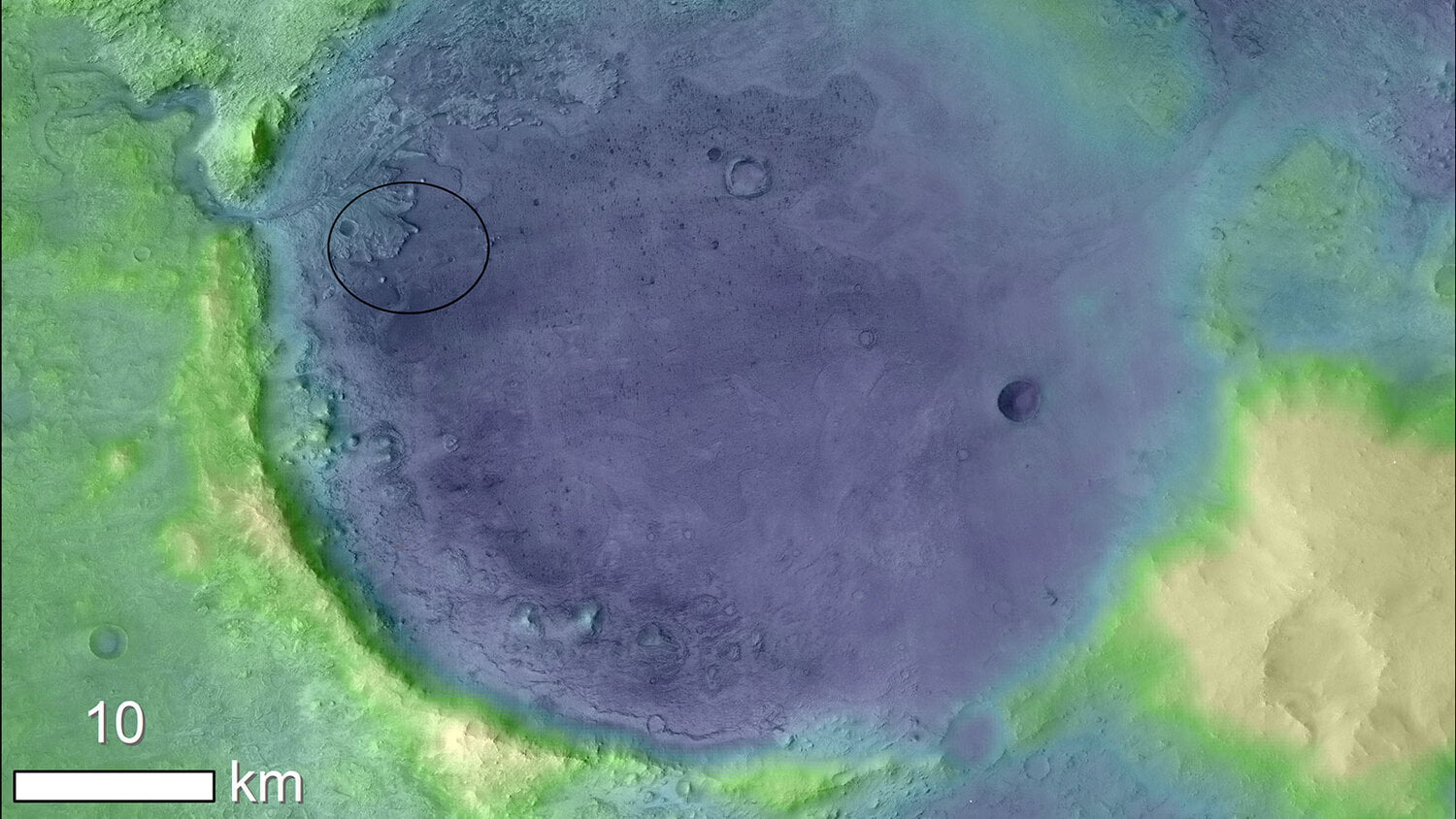
You all know about the Mars 2020/Perseverance rover mission, right? If you don’t, it’s not too late to learn more! We’re celebrating Mars Month here at GeekMom. You can also head over to NASA’s mission page and read all about it. There is some really cool stuff over there on their website. And now there is something even more interesting about the landing site: signs of possible ancient life!
The Perseverance rover mission is set to launch on July 30, 2020, and it is expected to land on Mars on February 18, 2021. The landing spot chosen for this mission is the Jezero Crater, and scientists from Brown University have discovered there is more to this crater than meets the eye.

Jezero is believed to be the remainder of what used to be an ancient lake on Mars. One reason scientists chose this site was because there seems to be a large delta, much like the one we are familiar with at the mouth of the Mississippi River, that feeds into the lake from rivers that have long since dried. We know from studying deltas here on Earth that they can contain rich deposits of biological matter, as well as other sediments. Scientists are interested in studying this area on Mars to see if there are any signs of ancient life. And now, they are even more excited about the potential for this landing site.

A team of scientists at Brown University used data they collected via satellite (specifically, the Compact Reconnaissance Imaging Spectrometer for Mars—CRISM—on NASA’s Mars Reconnaissance Orbiter) to determine the presence of hydrated silica in Jezero crater. Hydrated silica (a form of silicon dioxide) isn’t a rare thing on Earth. We actually use it in various forms all the time, including in our toothpastes and in jewelry in the form of opals. In its dehydrated form, it forms the powder silica gel, which is a very popular desiccant. Another way we use hydrated silica on Earth, however, is to help us learn more about prehistoric conditions because one place hydrated silica comes is the shells of tiny, microscopic creatures called diatoms. Their shells are really effective at keeping a record of sorts of what conditions on Earth were like when they were alive. We can find them in ocean sediment cores, and scientists study them all the time here to learn about our climate in the past, etc.

It’s way too soon yet to know how these deposits of hydrated silica were deposited and what left them. We have no idea if they are linked to possible life on Mars. But we do know that this element is really good at preserving the signatures of possible life and the conditions under which that life existed. Once the rover is down on Mars, we will have the opportunity to take samples and study them to see what their significance is.
One of the cool things about the Perseverance rover mission is that the rover is going to cache samples of various things so that they can be returned to Earth on future missions to be studied further. This is the first rover to be equipped with a drill to take samples with. There will also be instruments on the rover to look for complex organic material, as well as to run chemical analyses on the samples it takes. There are so many possibilities open for us with this new rover. With the caching capabilities, we’ll no longer have to be satisfied seeing things remotely. We can have actual samples from Mars brought back to Earth, and be able to have control over the samples like we never had before.
Who knows—maybe someday, you’ll be able to hold a rock from Mars!
For more information:
Perseverance Rover https://mars.nasa.gov/mars2020/
Mars Reconnaissance Orbiter https://mars.nasa.gov/mro/
Tarnas, Mustard, Lin, et al. “Orbital identification of hydrated silica in Jezero crater, Mars.” Geophysical Research Letters. Nov 2019. https://agupubs.onlinelibrary.wiley.com/doi/abs/10.1029/2019GL085584



